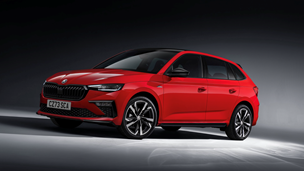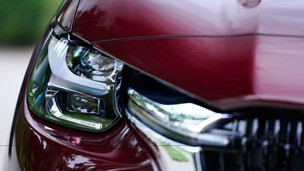The launch of any new technology, be it smartphones or cars, are normally all about finding out about the innovative and exciting new features. But in the case of the iPhone 7, all anybody wanted to know was how Apple could justify its decision to remove the headphone socket.
Marketing chief Phil Schiller’s one-word response – “courage” – set the internet alight with mockery, as critics and cynics weighed in on what they saw was less of a giant leap and more of a backwards step.
It’s not just the new iPhone that’s introduced some weird, unnecessary and downright useless “innovations”, either. Here are seven of the worst technological offences the car industry has committed.
Interlocking seatbelts
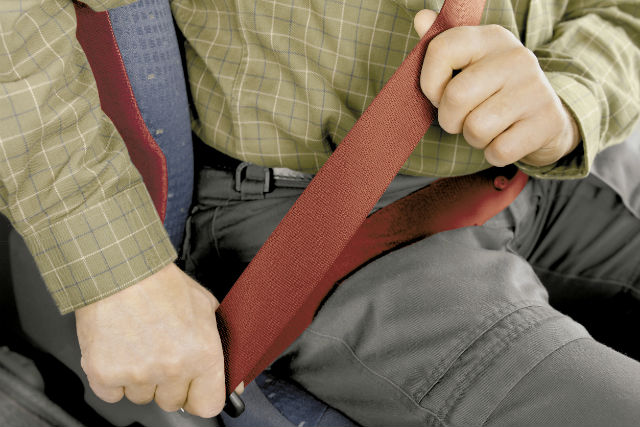
Since they were first devised in the 1950s, seatbelts have essentially served the exact same purpose: stopping the occupants of a car from ending up as a pink splatter on the windscreen in the event of an accident.
However, most of the laws that made wearing a seatbelt mandatory didn’t come into effect until the 1970s and the 1980s, and it took quite a long time for motorists to accept that they had to wear one.
To help convince them, car manufacturers in the 70s developed interlocked seatbelts, which required that the belt had to be locked in place or else the car wouldn’t start, and they became mandatory in many parts of the US.
However, police soon realised that most people would simply leave the seatbelt buckled permanently and sit on top of it. The laws were revoked and interlocked seatbelts disappeared from the market.
Automatic wipers
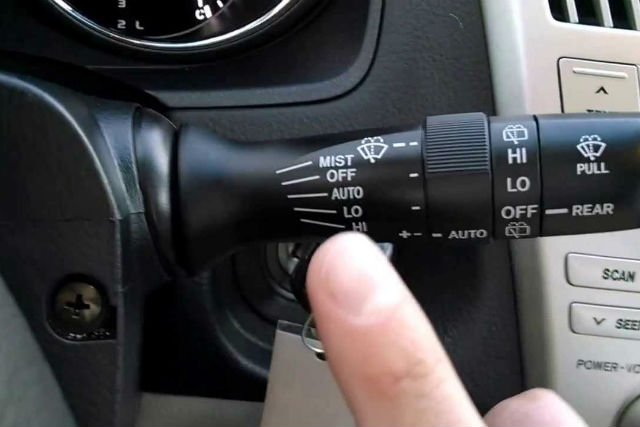
Wipers can be frustrating at the best of times. There never seems to be a speed setting that adjusts exactly to how heavy the rainfall is, and so switching back and forth between wiper modes can sometimes feel like a part-time job.
To take the work out of it, manufacturers devised automatic wipers, which sense moisture in the air and automatically adjust their speed to the rain, and which come as standard now on many cars and as an option on many more.
The problem is that the sensors often have a hard time adjusting to rain that’s intermittent, either going too fast in light drizzle or simply failing to come on until the windscreen is practically submerged. On second thoughts, we’d probably rather just do it ourselves.
Electronic handbrakes
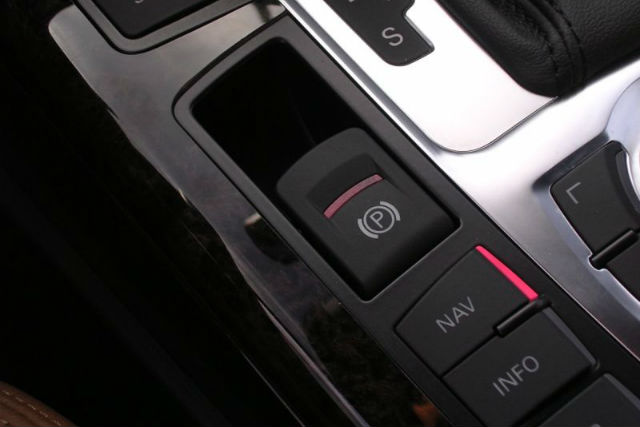
On the surface, an electronic handbrake doesn’t seem like that bad of an idea. Particularly if you drive an automatic, a brake which comes on automatically when the car is put in ‘park’ and the engine turned off can remove a lot of hassle.
Electronic handbrakes also allow cars to be packaged more efficiently, as the room that would have been used for the handbrake cable is now freed up to allow for more legroom. It’s just that they’re not all that necessary.
You can’t use them in an emergency, and neither can you pull off cool handbrake turn stunts. Most annoying of all is the fact that there seems to be no standard consensus on whether you push the button down to engage the handbrake or pull it up, leaving you guessing every time you get in a new car.
Paddle shifters on a CVT gearbox
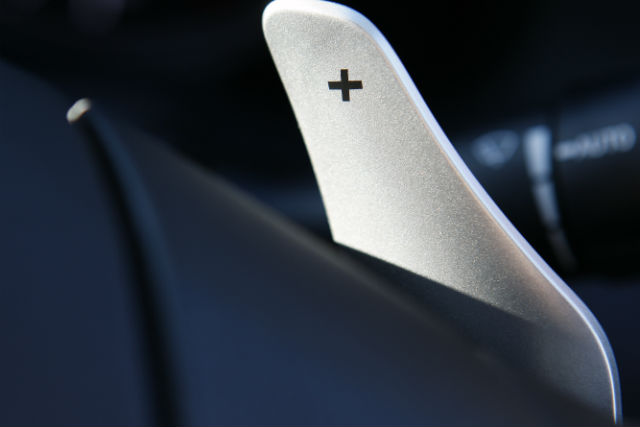
Whatever your opinion of them is, CVT gearboxes, otherwise known as continuously variable transmissions, are an engineering marvel.
Unlike standard gearboxes, which use set gear ratios, a CVT uses a rather ingenious pulley system which allows for infinitely variable gear ratios. In other words, you can keep your car in its most efficient ratio no matter how hard you’re accelerating or what speed you’re going.
The problem is that people just don’t seem to like the slightly odd feeling of CVT gearboxes, leading some manufacturers to engineer fake gear changes into them and stick a pair of paddle shifters on the steering column.
Not only is it a bit silly, it’s completely unnecessary. Surely the point of having an automatic gearbox is that you don’t want to shift gears, and if you do want to change gears yourself, you can just buy a manual.
Electric water pumps
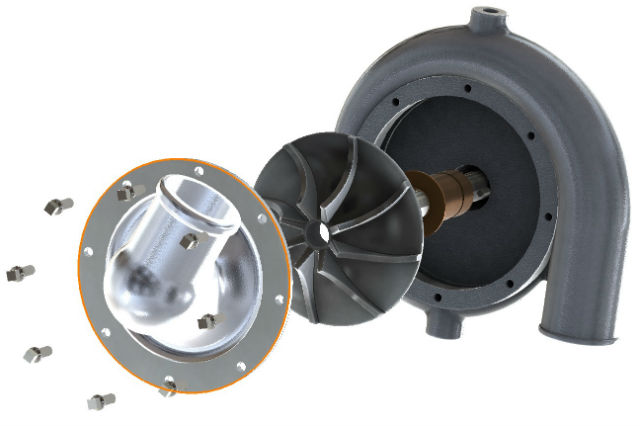
Electric water pumps were introduced as a way to keep coolant flowing throughout the engine after the crankshaft stops to more efficiently cool down the car. Fair enough.
Unfortunately, the design of some of these systems boggles the mind. Take BMW, for example, which introduced electric water pumps to its range in 2006 in the oddest and least ergonomic way possible.
The pumps were mounted on the lower front corner of the engine, making them possibly the hardest component in the entire engine bay to reach. Worse still, they tend to fail quite often.
After a decade of complaints, they gave up on that design and went back to basics, citing reliability issues with the electric pump. Story finished, right? Wrong.
A few years later they bolster the basic mechanical pump with yet another electric one, before mounting it at the very back of the motor where it’s impossible to reach without lowering the engine out of the car.
Automatic car doors
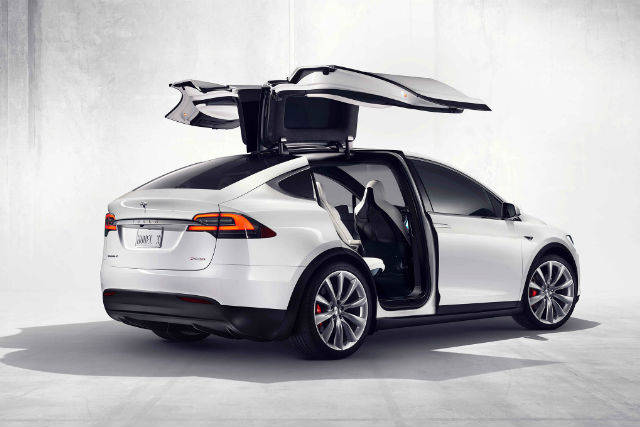
Among the things that manufacturers have gotten right over the years, automatic tailgates are probably one of our favourite. Being able to open your boot with a simple waggle of your foot when your hands are full is one of the greatest feelings of relief ever.
Automatic doors, on the other hand, are an innovation that’s so unnecessary it’s almost embarrassing. Just because you can motorise something doesn’t mean you should.
It’s also a pretty poor reflection on anyone who no longer can be bothered to open their own doors and so to think that car buyers would pay additional money for such a feature is even worse.
Economy warning lights
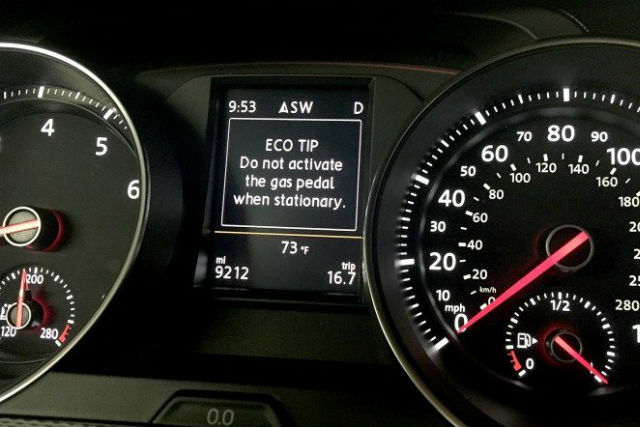
Of all the things you want to see when you’re driving, warning lights on the dashboard are probably among the least. Worse still when it’s not even anything important, just a light telling you that you’re not driving economically enough.
Apparently, these features have been added to cars in order to convince governments and environmental lobbyists that everything which can be done to make the world a little greener is being done.
What they end up doing instead is usually just annoying motorists with a feature which has little impact on how the car is actually performing and is the technological equivalent of a back-seat driver breathing down your neck.
